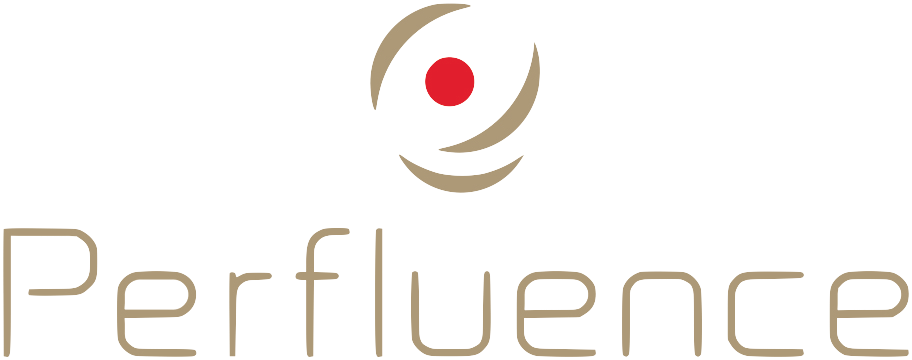Aligning Your Sales Strategy with Power Dynamics in Large Organizations
In enterprise sales, understanding the formal structure of an organization is only half the equation. Deals are rarely won on logic alone—they're won through influence. To succeed, sales teams must learn to navigate power dynamics, the often-invisible forces that drive decision-making behind the scenes.
By aligning sales strategy with these dynamics, sellers gain a crucial edge: they stop selling blindly and start building momentum with the right people, in the right way.
Why Power Dynamics Matter in Enterprise Sales
Large organizations are political ecosystems. Titles don't always reflect influence, and decisions are rarely made by a single person. Instead, purchasing outcomes depend on coalitions—groups of people with varying degrees of authority, motivation, and resistance.
Misreading this internal map can stall or even kill a deal. That’s why high-performing sales teams prioritize understanding how power flows, not just who’s on the org chart.
Key Types of Power in Organizations
To align your sales efforts with power dynamics, you must first recognize where influence comes from. In most companies, it falls into a few key categories:
Formal Power: Held by decision-makers with budget control or authority to sign.
Informal Power: Influencers or trusted advisors who shape opinions and outcomes behind the scenes.
Relational Power: Individuals whose relationships bridge silos or departments.
Blocking Power: Stakeholders who can stop or delay a decision, even without formal authority.
Understanding who holds what kind of power allows you to develop a more targeted and adaptive approach.
How to Align Your Sales Strategy with Power Dynamics
Here’s how sales teams can actively align with internal power structures to increase win rates and shorten sales cycles:
1. Map the Stakeholder Landscape Early
Don’t wait until late-stage conversations to uncover who’s involved. Early mapping helps you identify champions, blockers, and silent influencers before they affect your deal.
2. Prioritize Influence Over Job Titles
Build relationships based on actual impact, not org chart assumptions. That mid-level manager with no decision-making authority? They might be the CEO’s most trusted voice.
3. Nurture Champions and Allies
Once you’ve identified internal advocates, invest in enabling them to sell internally for you. Arm them with value-driven narratives and tailored materials to strengthen your position.
4. Mitigate Risk by Engaging Blockers
Ignoring skeptical stakeholders is a gamble. Instead, try to engage blockers constructively, understand their concerns, and build tailored messaging to neutralize resistance.
5. Use Relationship Intelligence Tools
Modern platforms like PowerScope help uncover hidden networks of influence, map warm connections, and assess the strength of each relationship based on real-time engagement.
This allows sellers to move strategically, not reactively.
When Power Alignment Works, Sales Accelerate
Teams that align their approach with power dynamics often see:
Shorter deal cycles, thanks to fewer dead ends
Stronger internal advocacy, through empowered champions
More accurate forecasting, based on real influence signals
Higher win rates, by focusing on the most impactful paths
Selling into large enterprises becomes less about chasing approval and more about orchestrating consensus.
Conclusion: Strategy Meets Influence
In complex sales, strategy without influence is like a map without a compass. To win in large organizations, sales teams must do more than follow the process—they must understand who truly moves the needle, and how.
By aligning with power dynamics, you stop hoping your message will stick and start ensuring it’s carried by the right voices.
Because in enterprise sales, it’s not just what you say—it’s who says it for you.
